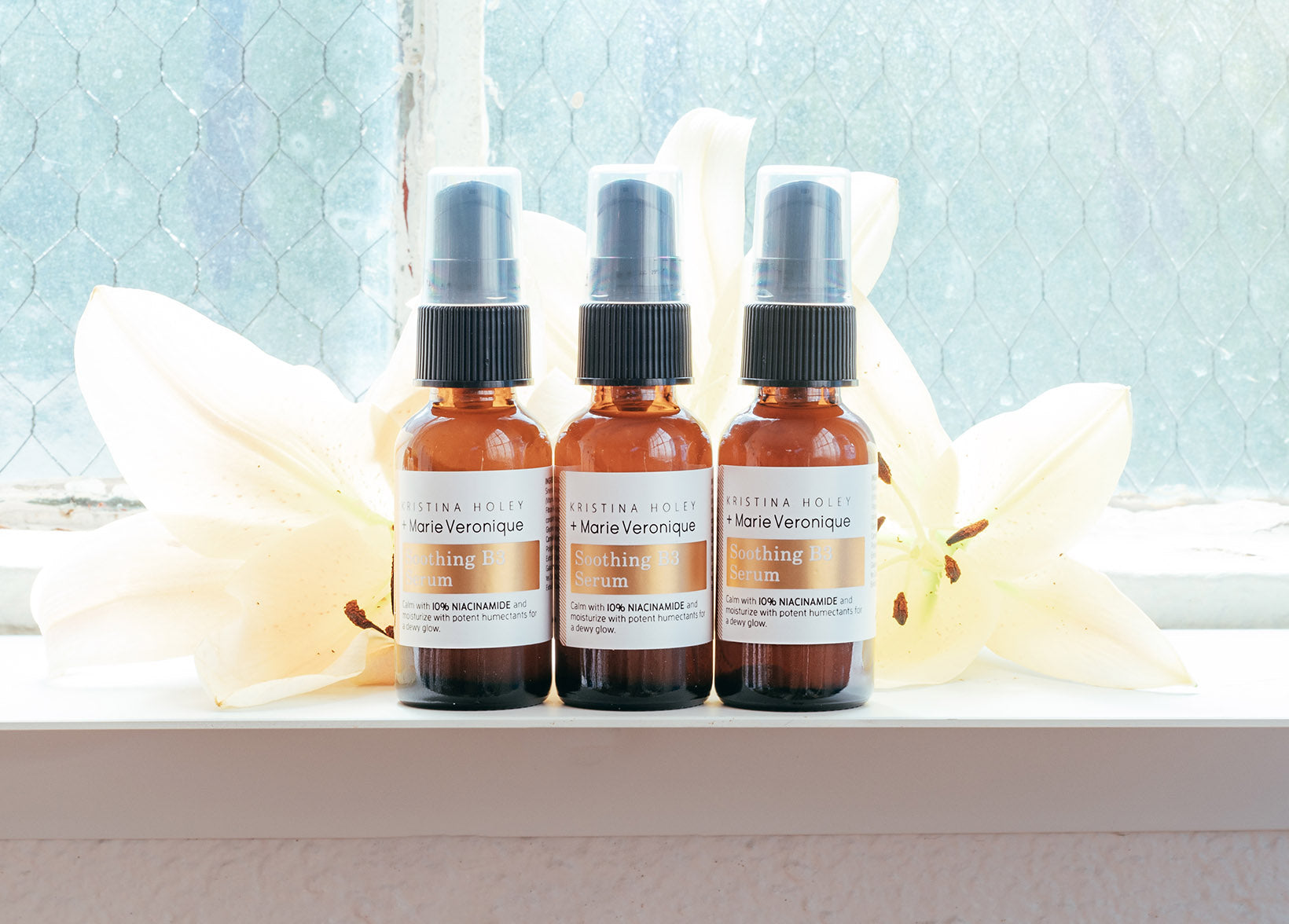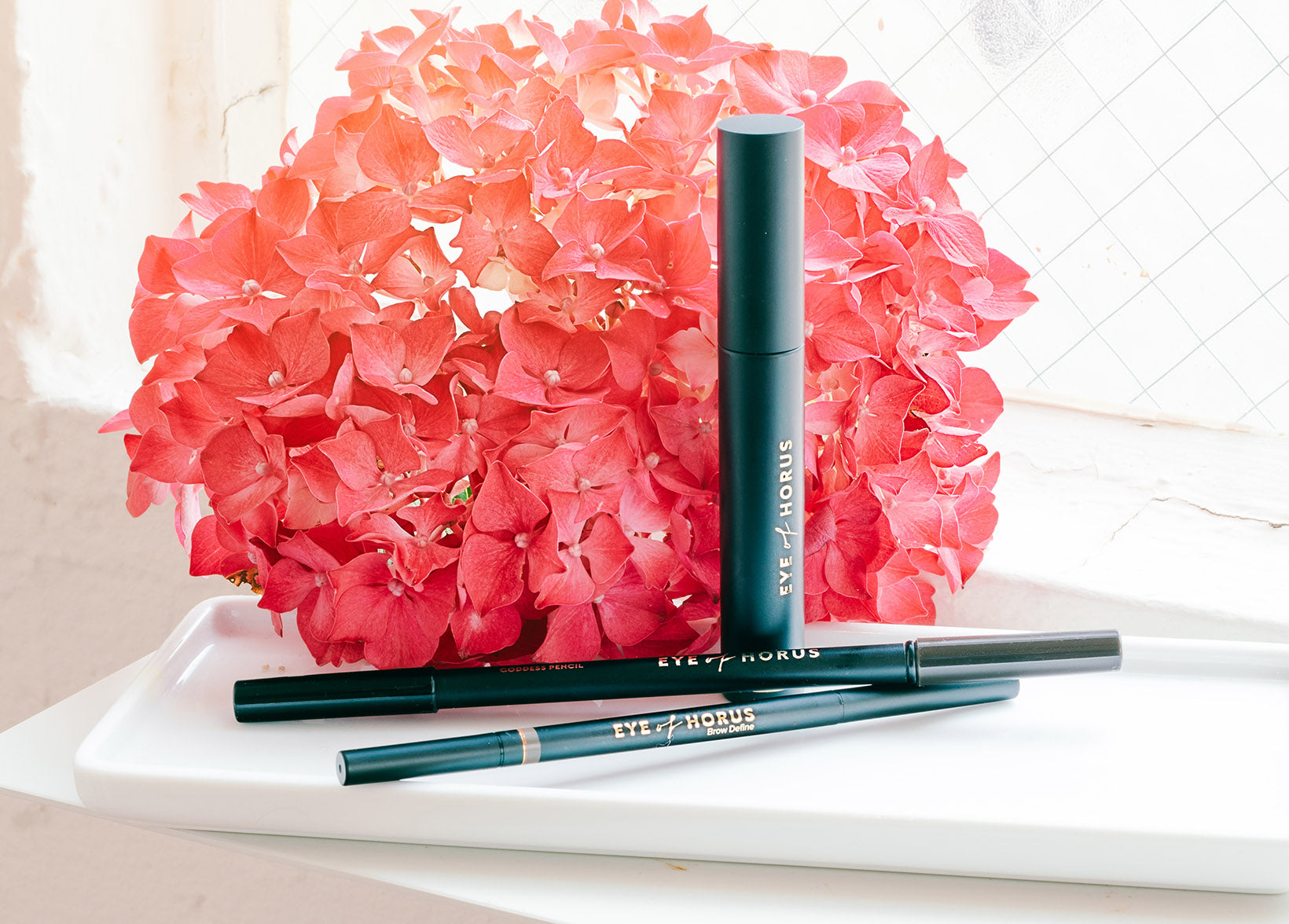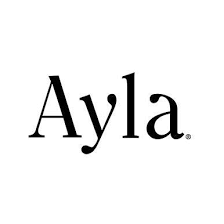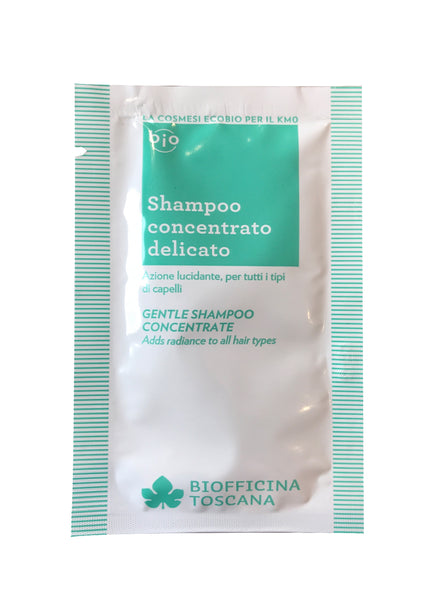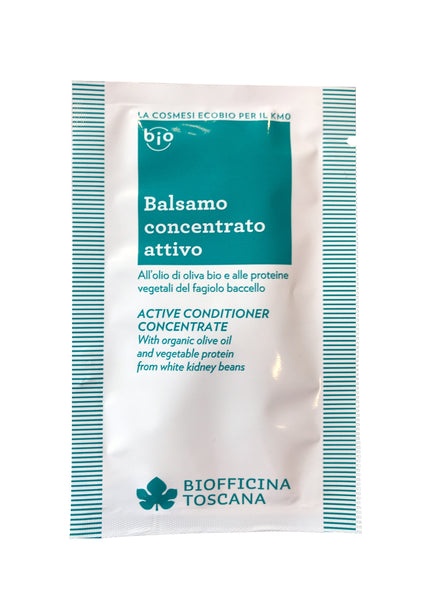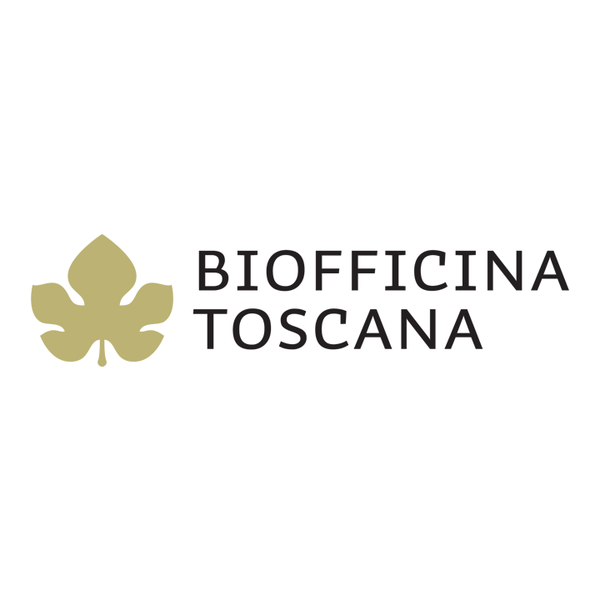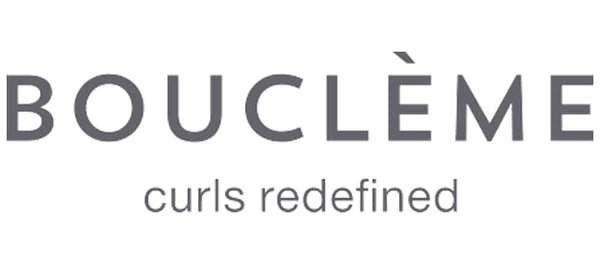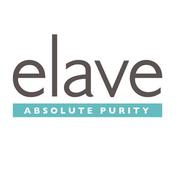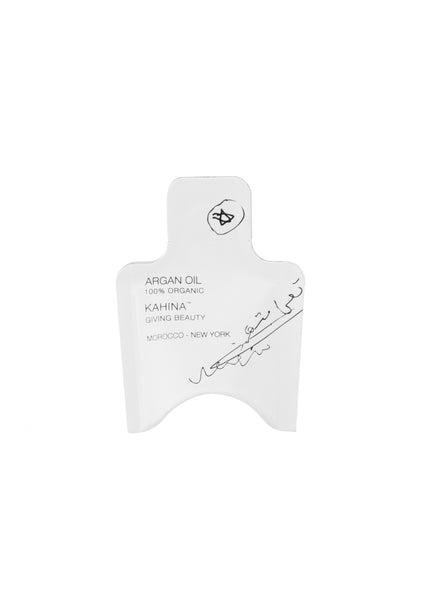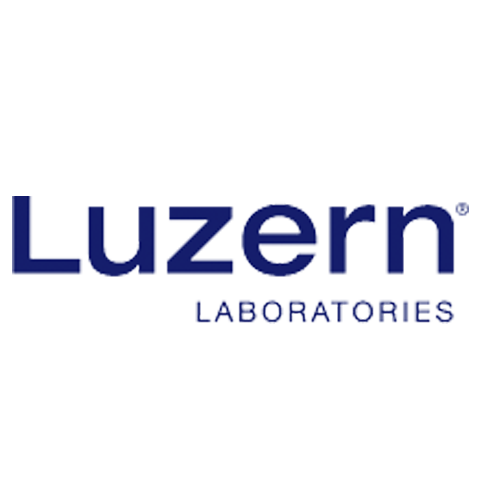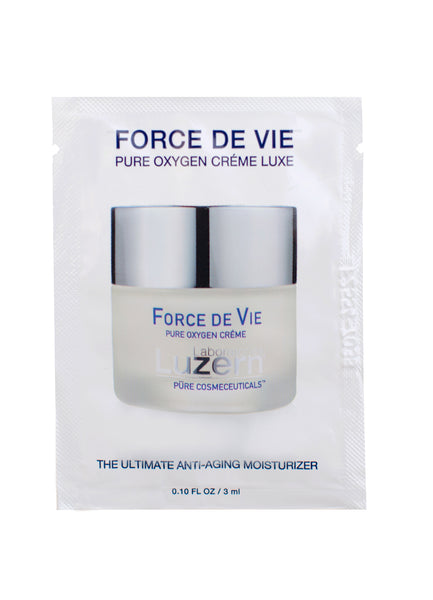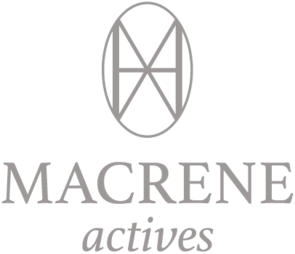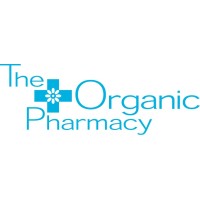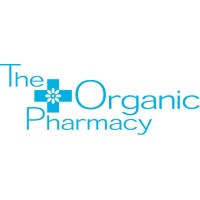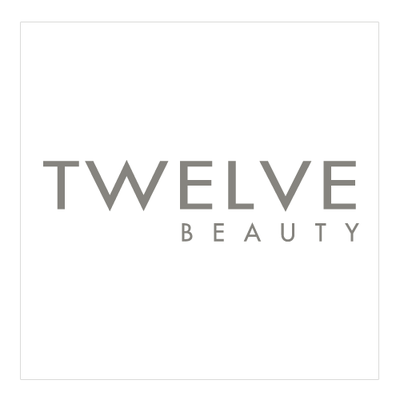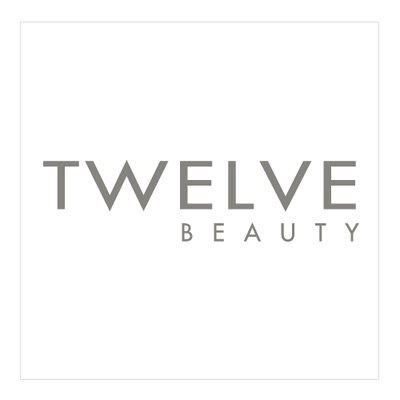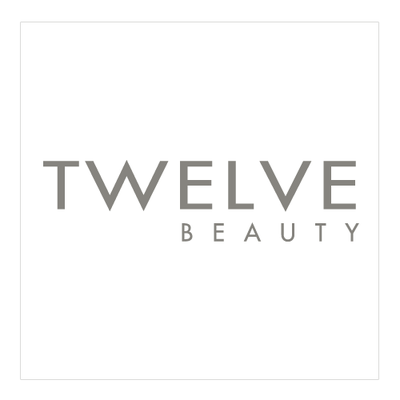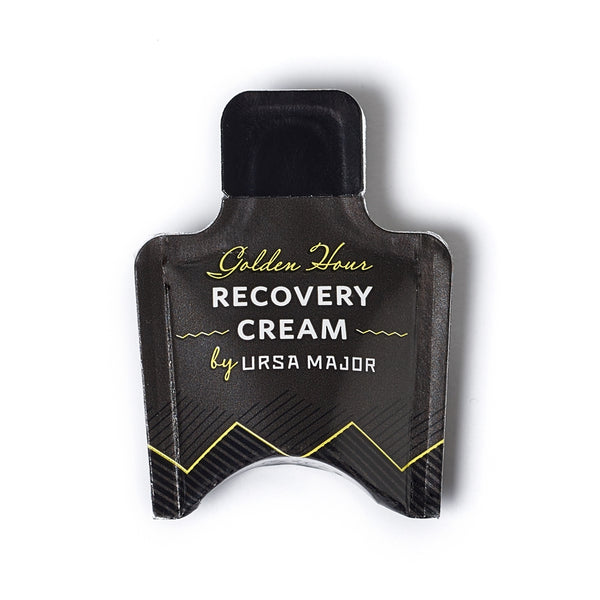Recent Articles
Dr. Pedro Catalá — founder and formulator of TWELVE Beauty — is one of the most thoroughly educated founder-formulators we know; he has not only a pharmacy degree, but also a PhD in Natural Product Formulation, a subject that he also teaches at the University of Siena. We frequently ask him about natural and synthetic preservation systems in beauty products, and he kindly offered to write a guest post to share his thoughts from a clean beauty formulator’s perspective.

PEDRO:
This is a long overdue post, but somehow it did not feel right to talk about it until now. For those who know me, I loathe scaremongering when it comes to controversial ingredients, and preservatives are no exception. Having said that, if there are any positive things about the global pandemic, one is that it made us all aware that microorganisms are everywhere: in the environment, in our skin, in our clothes, etc.
Where skincare is concerned, these microorganisms are present in any type of formula that involves water, from cleansers and toners to serums and emulsions — they’re virtually in everything. Microorganisms are characterized for their ability to multiply and grow very quickly, and beauty products are the perfect breeding ground for them.
Why is it important to have a microbiologically clean product?
The characteristics of a “contaminated” product can range from unpleasant odor to gas emissions, abnormal color, separation of the product, and decreased efficacy. But in the worst cases, microorganisms can produce toxic substances with the potential to cause harm. The most common symptoms of this are rashes, redness, itchy skin, and pustules, and these irritations become much more critical if they happen in the eyes. So, in addition to working in an aseptic environment that is in compliance with the GMP (Good Manufacturing Practices), the use of a preservative is necessary to avoid microbial toxins.
In other words, it is potentially more dangerous to us when we’re applying a product without preservatives than when we’re applying one that contains an effective blend at the recommended dose.
What should we all know about preservatives in skincare and cosmetics?
Here is a quick checklist of tips that can help you become a pro at navigating the uncharted waters of preservation.
“Preservative free” isn’t necessarily the way to go.
- Preservatives have a higher risk than other ingredients of causing an allergic reaction, but not all are the same in this respect; some have a good safety profile.
- A “preservative free” product might in fact contain preservatives such as sorbic acid or benzoic acid, ingredients that are less well known but still are classified as preservatives.
- Products that are very acidic or alkaline are very hostile territories for bacteria to grow in, so there is little need of preservation. However, the pH of the final product matters, and your skin will thank you if you apply products with values around 5, which is the pH of the skin — and this is where preservatives can be very helpful.
Preservatives are especially important in certain products.
- The two product categories that we need to be extra cautious with – to ensure microbiological cleanliness — are those we apply around the eye area and those we apply on children.
Watch out for certain "natural" preservatives on your product labels.
- Methylisothiazolinone and methylchloroisothiazolinone are often viewed as paraben alternatives, but they have been associated with significant allergies.
- Propolis and some essential oils have antimicrobial properties, but for them to work adequately as preservatives in a product, one would need to use them in very high doses, which I consider non-viable as this can cause other problems for the skin.
- Sometimes the word “Parfum” on the label refers to a blend of essential oils that have an antiseptic action; suppliers sometimes sell them as an alternative to traditional preservatives. I am a bit skeptical about them because they do not have a broad spectrum of action, and again, the doses used must be very high. This is a big “no” if you suffer from sensitive skin.
- Grapefruit seed extract might seem to be a great natural alternative to parabens. But through extensive testing, scientists have found that it is frequently contaminated with triclosan and synthetic solvents.
Do some further reading.
- If you want to get nerdy, you can find further info from official sources such as cir-safety.org. Avoid websites that charge raw material suppliers and final product manufacturers to spear a good word on them!
**
Our community adores Dr. Pedro Catalá. Learn more about his background and his brand, TWELVE Beauty, in our Brand Spotlight.


